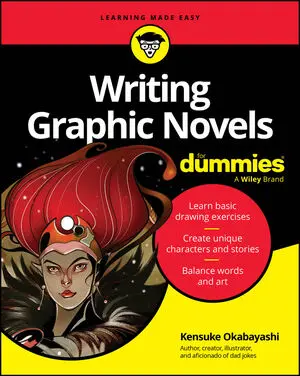To ensure that your book targets the appropriate audience, provides information of interest, and stays on target in terms of the content, ask yourself these questions:
- Specifically, what am I trying to teach the reader?
- Am I writing something that my target audience may be interested in?
- Do my readers find the information useful and/or entertaining?
- Am I taking into account the information or knowledge the reader already has and then building on it?
- How does my target audience use the information?
- Is the information informative, well written, and entertaining?
- Have I explained key concepts in a way my readers can understand?
- Do the examples, artwork, charts, or graphics I plan to incorporate into the book help convey the information?
- If I'm writing fiction, does my reader relate to the characters, plot, and subplots?
- Does my story tap into the reader's imagination and entertainment them?
After you become familiar with your audience, you're in a much better position to choose what content is most appropriate.
When it comes to choosing content for your book, consider what the reader may already know, and then slowly build on that knowledge. As necessary, provide the background information your readers need to understand fully whatever it is you're writing about, even if it's a novel.
Writing a full-length book is a process. Most writers create multiple drafts of their manuscript prior to getting it published. As you review each draft, follow these tips:
- Rewrite sections as needed.
- Delete unnecessary information.
- Fine-tune your approach to cover information.
- Carefully analyze each chapter to ensure that the entire manuscript flows smoothly and achieves its objectives.
Being an expert in your field and performing research to develop the content of your book is important. You may have to write several drafts of your manuscript before you're confident that you've successfully found the best way to communicate the information that's in your head.






